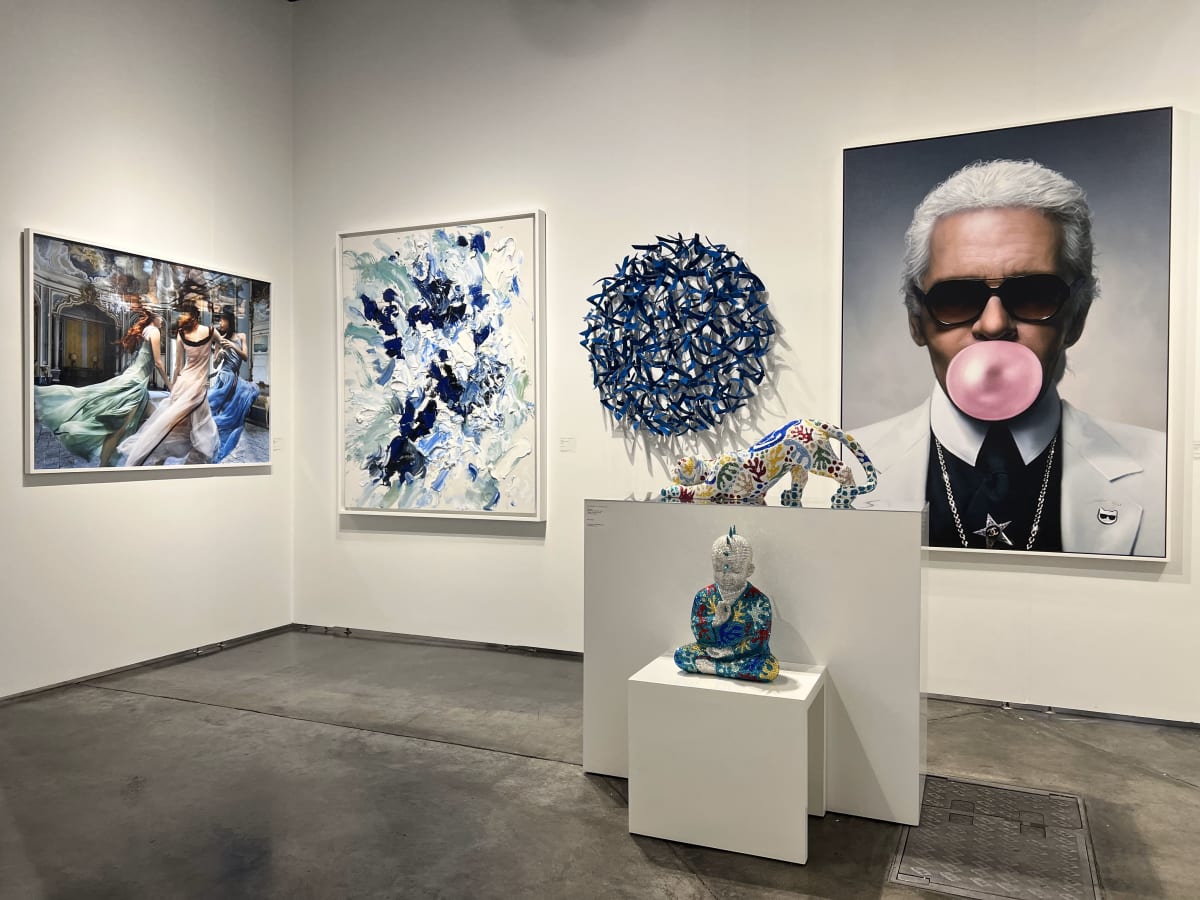Mel Bochner
"Bochner has consistently probed the conventions of both painting and of language, the way we construct and understand them, and the way they relate to one another to make us more attentive to the unspoken codes that underpin our engagement with the world."
Mel Bochner (1940-2025) is recognized as one of the leading figures in the development of Conceptual art in New York in the 1960s and 1970s. Emerging at a time when painting was increasingly discussed as outmoded, Bochner became part of a new generation of artists which also included Eva Hesse, Donald Judd, and Robert Smithson - artists who, like Bochner, were looking at ways of breaking with Abstract Expressionism and traditional compositional devices. His pioneering introduction of the use of language in the visual led Harvard University art historian Benjamin Buchloh to describe his 1966 Working Drawings as ‘probably the first truly conceptual exhibition.'
Bochner came of age during the second half of the 1960s, a moment of radical change both in society at large as well as in art. While painting slowly lost its preeminent position in modern art, language moved from talking about art to becoming part of art itself. Bochner has consistently probed the conventions of both painting and of language, the way we construct and understand them, and the way they relate to one another to make us more attentive to the unspoken codes that underpin our engagement with the world.
In recent years, a large number of museums have devoted solo shows to Bochner pieces based on written language, such as The Jewish Museum of New York in 2014, The Haus der Kunst Munich in 2013; Museu Serralves de Arte Contemporánea, Porto, Portugal, 2013; The Whitechapel Gallery, London, 2012; The National Gallery of Art, Washington, 2011; The Art Institute of Chicago, 2006.
Mel Bochner lived and worked in New York. His work includes painting, video, installation and public projects and has been shown in prime art galleries and museums in USA and Europe, and is part of museums' collections such as MoMA New York, Tate Modern London, Whitney Museum of American Art in New York, and Museo Nacional Centro de Arte Reina Sofía in Madrid (Loan Sonnabend Collection).



